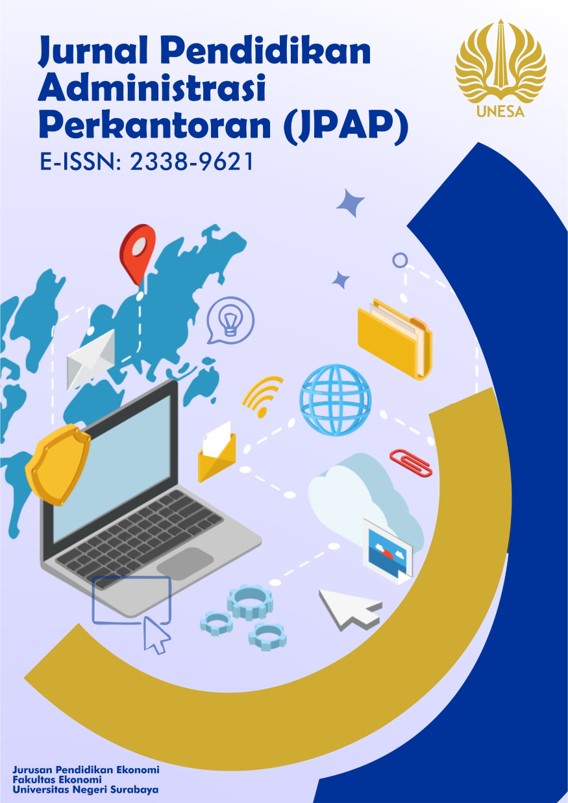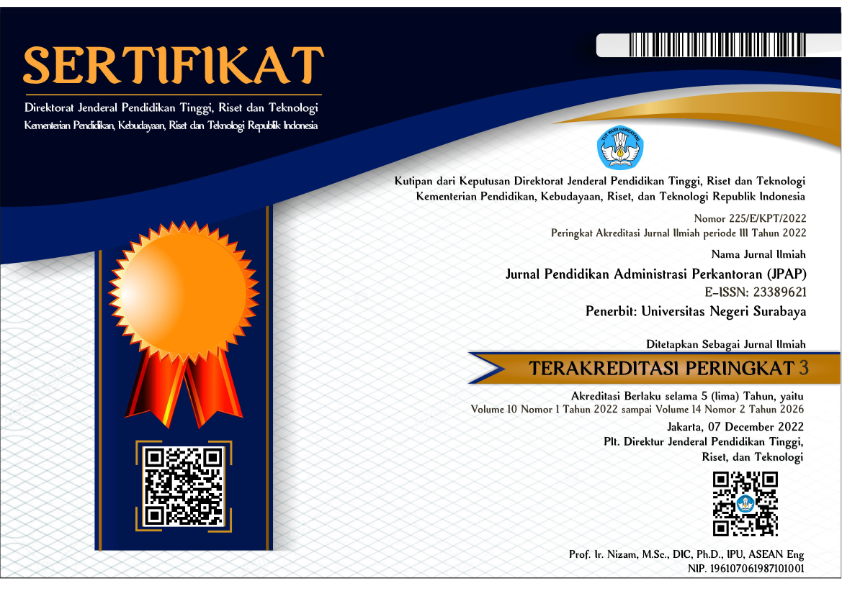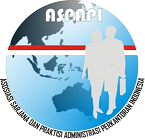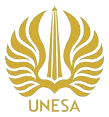Pengembangan Buku Ajar Pada Mata Pelajaran Administrasi Sarana dan Prasarana Semester Genap Kelas XII APK 1 di SMKN Mojoagung
DOI:
https://doi.org/10.26740/jpap.v8n3.p480-488Keywords:
administration of facilities and infrastructure, textbooksAbstract
This research developent aims to describe the process of developing textbooks, analyze the feasibility of textbooks, and analyze student responses to textbooks in the subject Administration of Facilities and Infrastructure semester XII APK I at SMKN Mojoagung that has been developed. The development model used in this research is the 4D development model from Thiagarajan which includes four stages of development namely the defining stage, the design stage, the development stage, and the disseminate stage. However, the distribution stage was not carried out because the disseminate stage was carried out after the experimental process was carried out. This research was conducted on 20 students of class XII APK 1 in SMKN Mojoagung. The results of the validation show that the feasibility component of the textbook content is 95.6%, the feasibility of the presentation is 90.47%, the language feasibility is 93.4%, and the feasibility of the graphic is 85.52%. The overall total textbook eligibility is 91.3% with very strong criteria. Trials conducted on students showed an average score of the development of textbooks by 91.3% with very strong criteria. So it can be concluded that in the development of textbooks in the subject Administration of Facilities and Infrastructure semester XII APK 1 at SMKN Mojoagung was declared appropriate to be used as teaching material.
References
Al-Tabany, T.I.B. (2014). Mendesain Model Pembelajaran Inovatif, Progresif, dan Kontekstual. Jakarta: Prenadamedia Group.
Anggela, M., Masril, & Darvina, Y. (2013). Pengembangan Buku Ajar Bermuatan Nilai-nilai Karakter pada Materi Usaha dan Momentum untuk Pembelajaran Fisika Siswa Kelas XI SMA. Pillar of Physics Education. 1, 63-70.
Hamalik, O. (2003). Proses Belajar Mengajar. Jakarta: PT. Bumi Aksara.
Hamdani. (2011). Strategi Belajar Mengajar. Bandung: Pustaka Setia.
Khikmiyah, F. & Midjan. (2016). Pengembangan Buku Ajar Literasi Matematika untuk Pembelajaran di SMP. Jurnal Silogisme: Kajian Ilmu Matematika Dan Pembelajarannya. 1(2), 15-26.
Mulyasa, E. (2015). Pengembangan Implementasi Kurikulum 2013. Bandung: PT Remaja Rosdakarya.
Pangastuti, A., Amin, M., & Indriwati, S.E. (2016). Pengembangan Buku Ajar Biologi Sel. Jurnal Pendidikan: Teori, Penelitian, Dan Pengembangan. 1(2), 116-121.
Prastowo, A. (2015). Panduan Kreatif Membuat Bahan Ajar Inovatif. Yogyakarta: Diva Press.
Riduwan. (2015). Skala Pengukuran Variabel-variabel Penelitian. Bandung: Alpabeta.
Sadiman, A.S., dkk. (2014). Media Pendidikan: Pengertian, Pengembangan dan Pemanfaatannya. Depok: PT. Raja Grafindo Persada.
Siregar, E. & Nara, H. (2010). Teori Belajar dan Pembelajaran. Bogor: Ghalia Indonesia.
Sugiyono. (2014). Metode Penelitian Bisnis. Bandung: CV ALFABETA.
Susanti, R. (2018). Pengembangan Bahan Ajar Interaktif pada Mata Pelajaran Kearsipan Kelas Otomatisasi dan Tata Kelola Perkantoran di SMK PGRI 13 Surabaya. Jurnal Pendidikan Administrasi Perkantoran. 06(02), 81-87.
Widyaningrum, M.A. & Hakim, L. (2018). Pengembangan Buku Ajar Produk Syariah Berbasis Scientific Approach untuk Siswa Kelas XI Semester II Perbankan Syariah di SMK Negeri 2 Mojokerto. Jurnal Pendidikan Akuntansi. 6(3), 206-211.
 Abstract views: 307
,
Abstract views: 307
, PDF Downloads: 349
,
PDF Downloads: 349
, PDF Downloads: 0
PDF Downloads: 0










